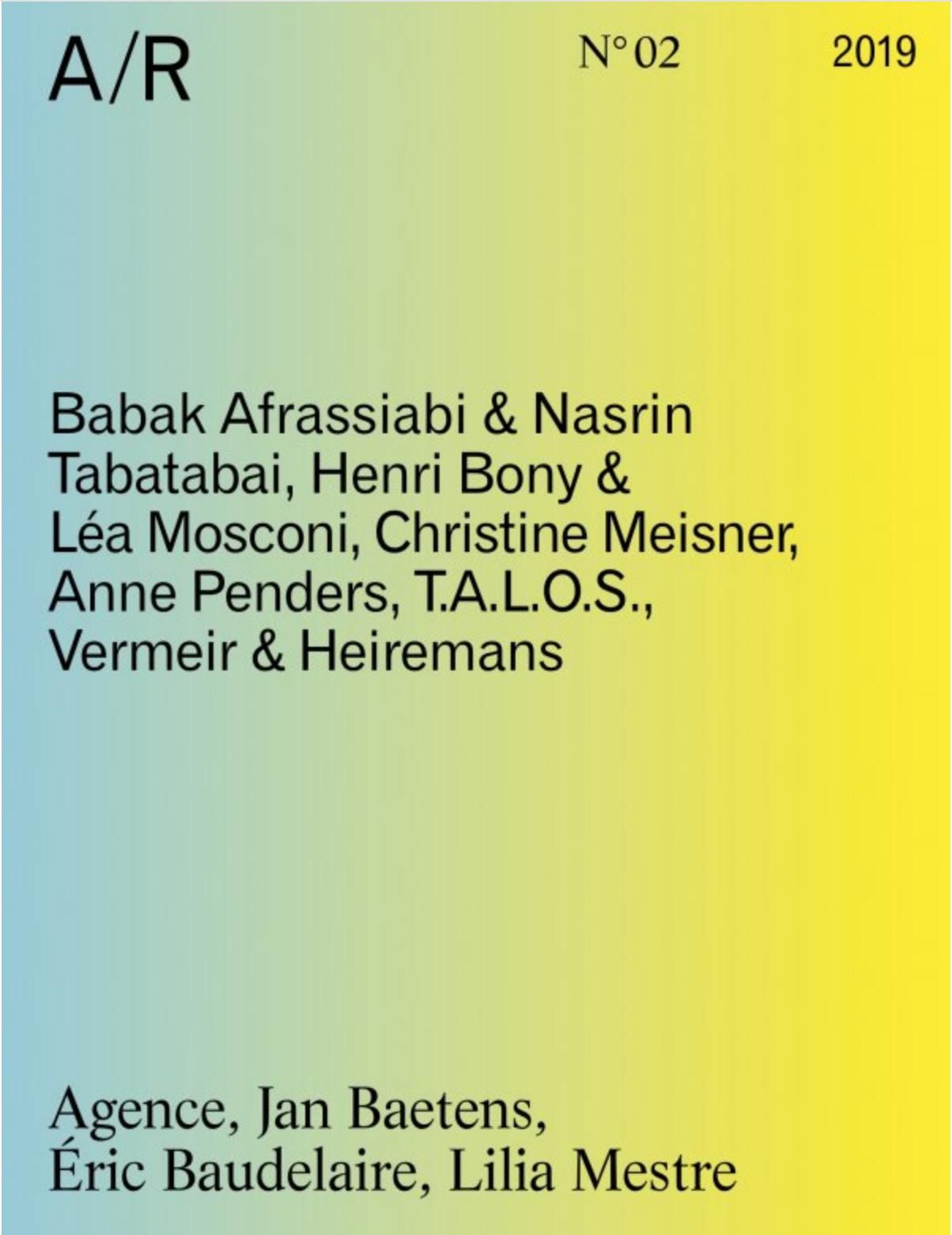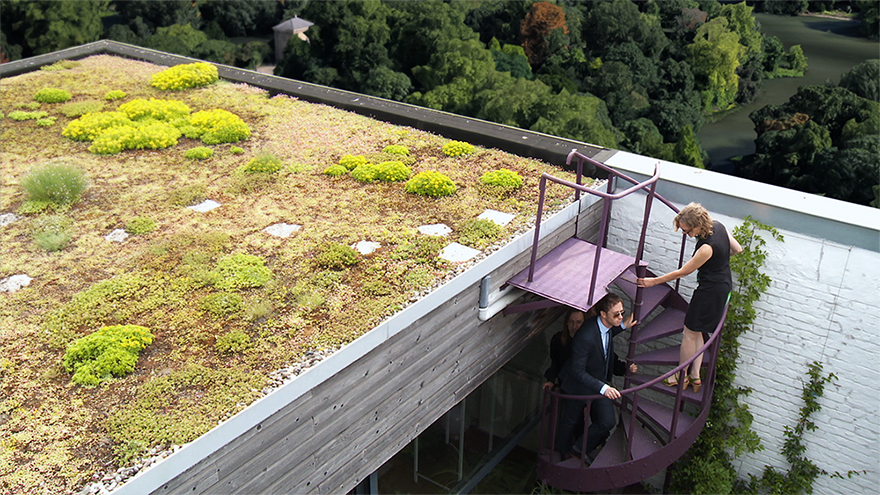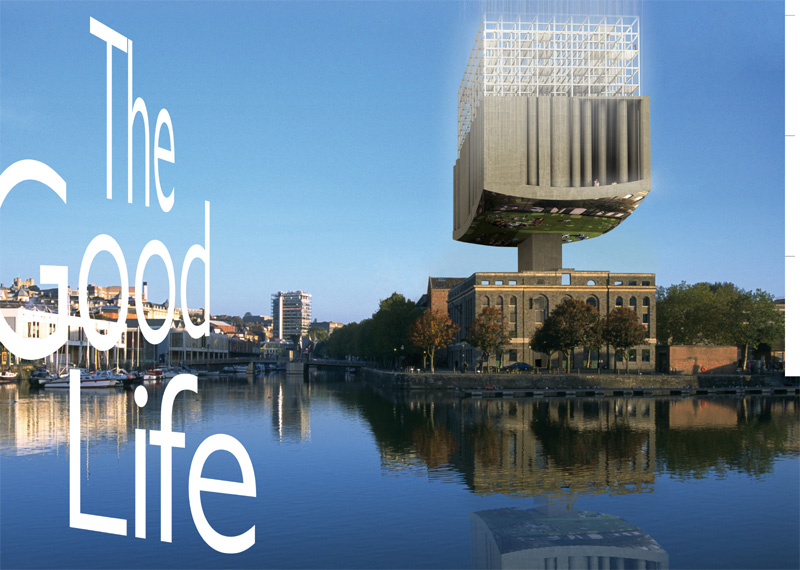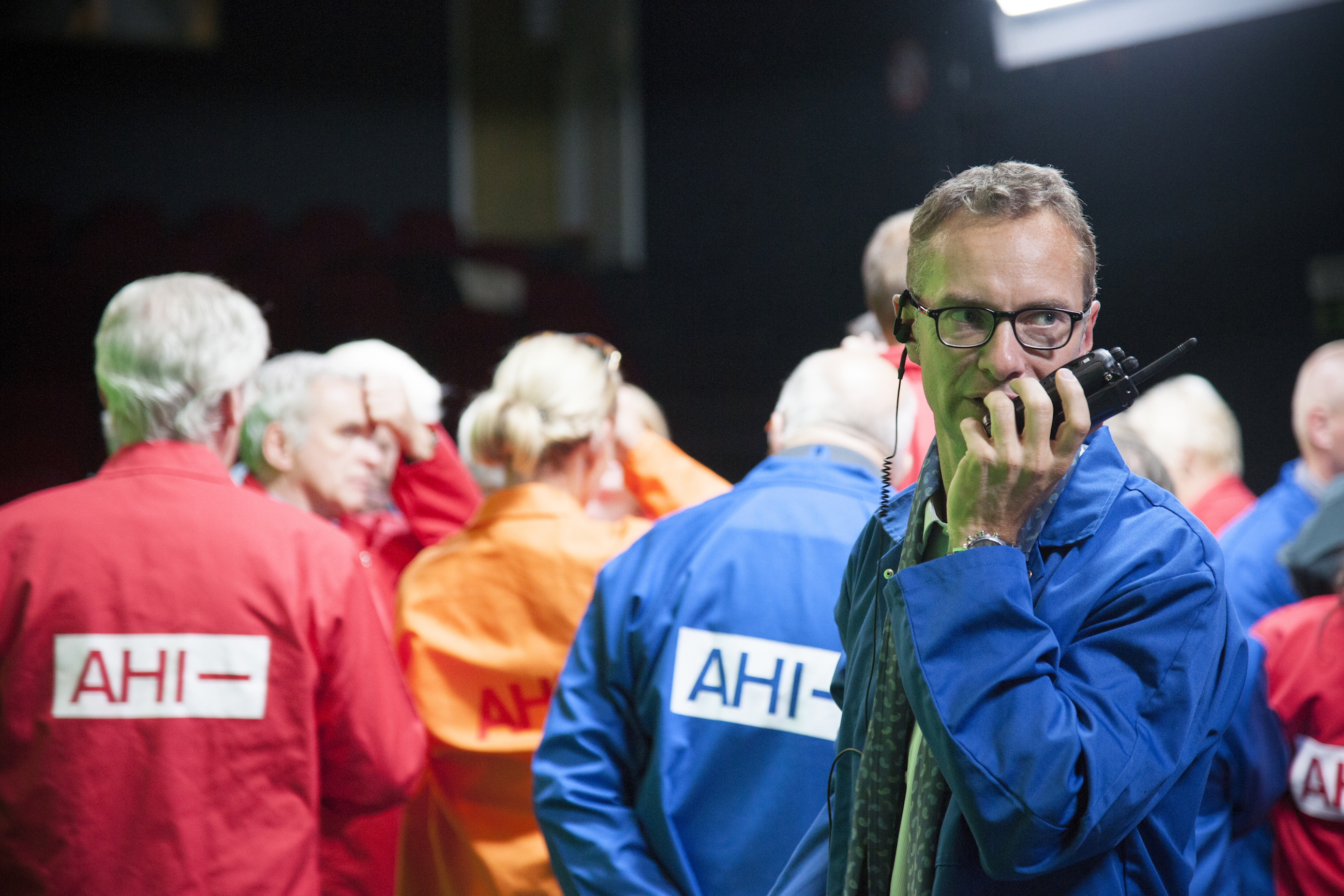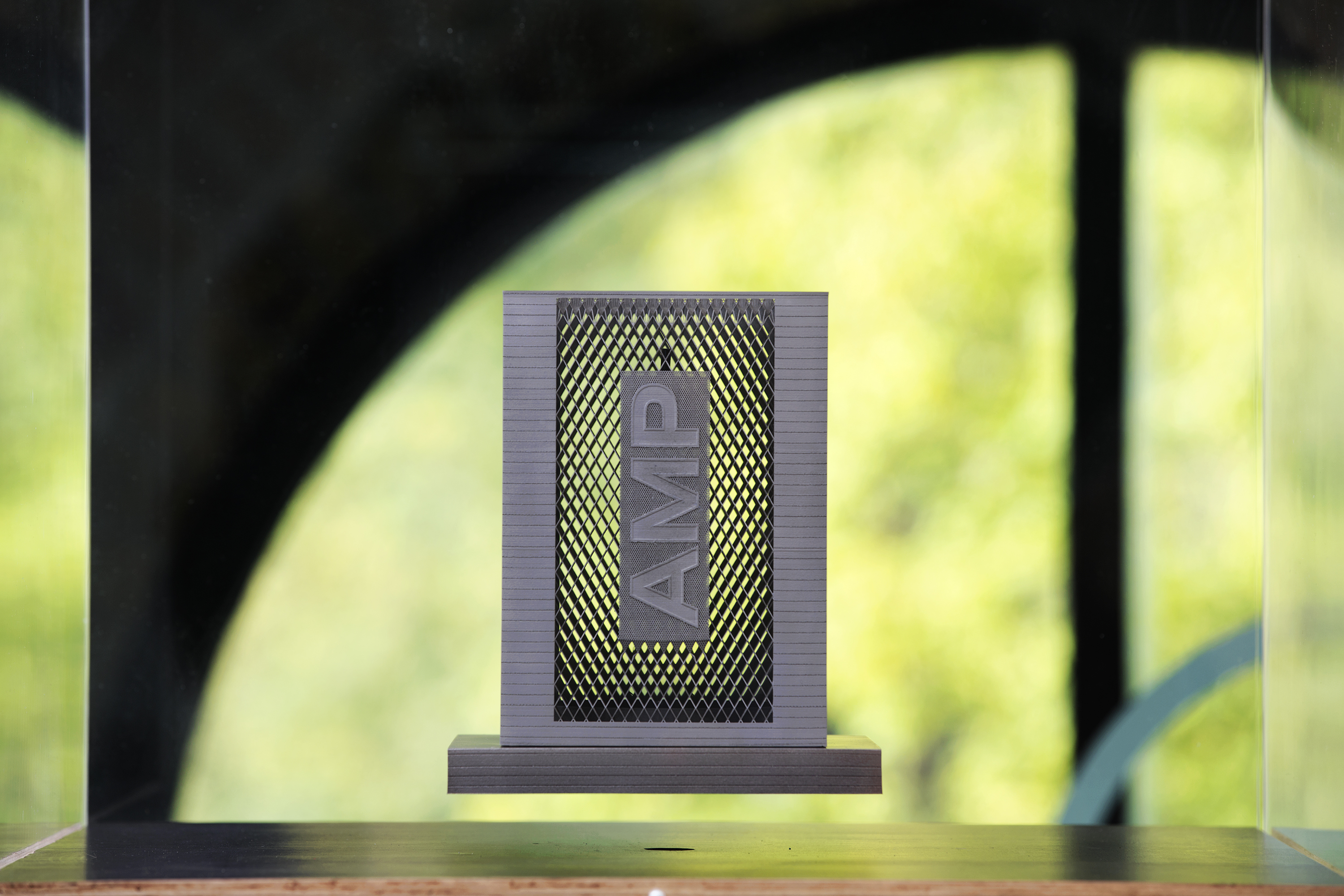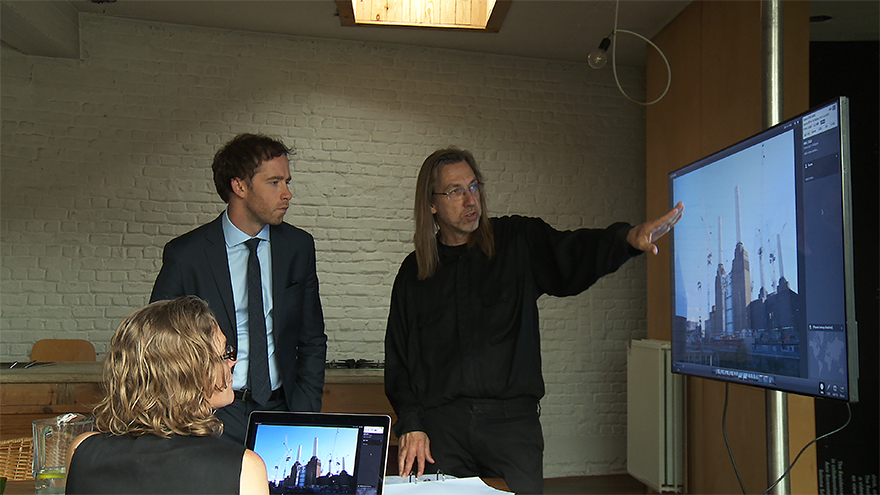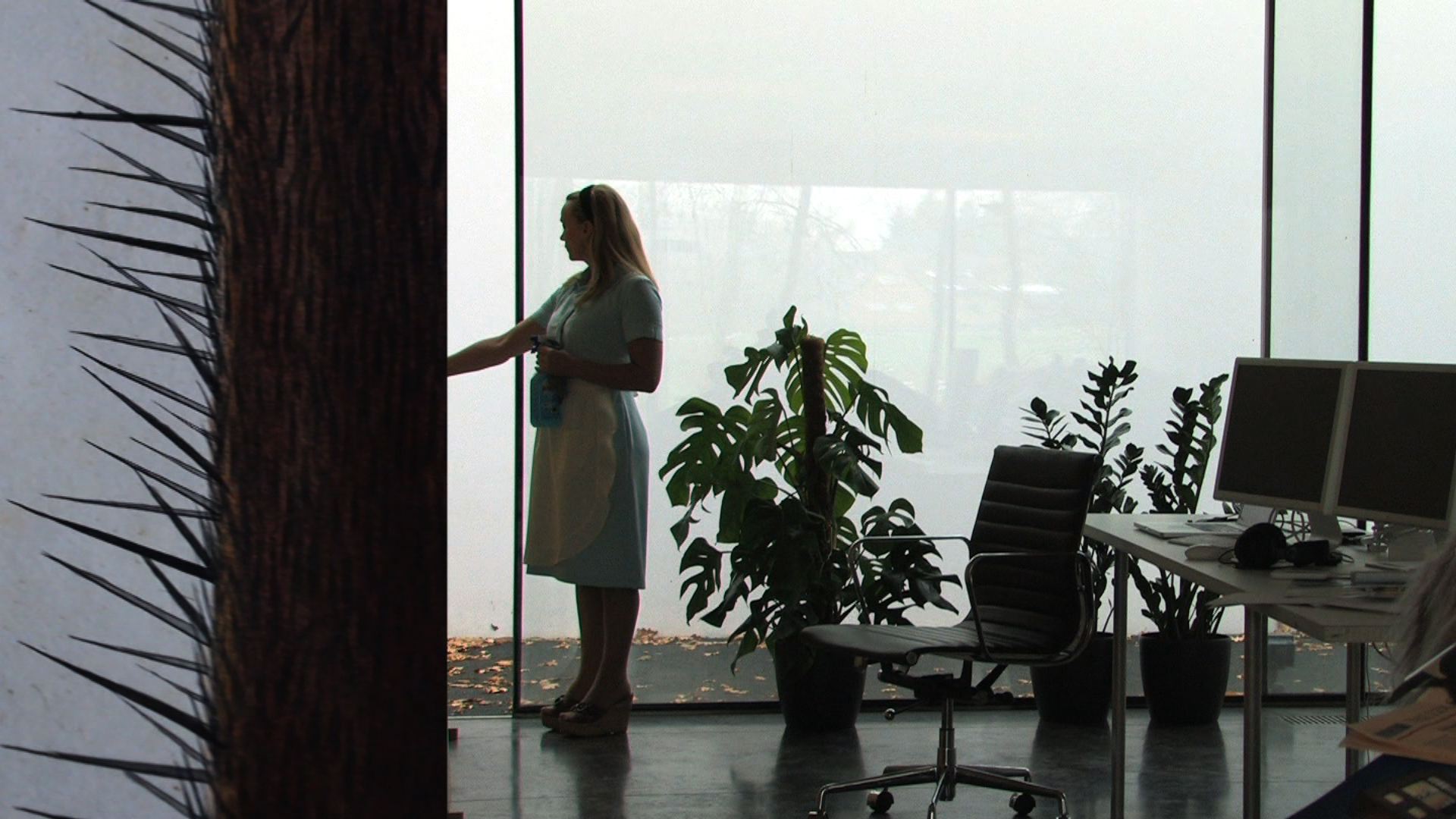13th Istanbul Biennial Catalogue (published 2014)
Chapter: ART AND CAPITAL: INSTITUTIONAL CRITIQUE RELOADED
from "Mom, am I Barbarian?, 13th Istanbul Biennal catalogue (2014) p 47- p 53.
Along with neoliberal funding policies, art institutions have become
more dependent on private funding and commercial support globally,
and have thus increasingly been criticised, protested, and boycotted for serving to whitewash the ‘dirty’ money, and for being epicentres for the distribution of neoliberal culture and mechanisms. For instance, a group of activists protested the 13th Istanbul Biennial because of its funding sources, starting from the first press conference in January 2013. The 19th Sydney Biennial was boycotted by the participating artists just before its opening for the same reason, and the biennial responded to the protests with the resignation of the president. The Manifesta Biennial realised in St. Petersburg in June 2014, on the other hand, has been criticised and boycotted because of legal pressure on gay rights in Russia. Biennials have become more politicised international platforms and the target of protests that wish to bring crucial issues to the attention of larger publics. And through art projects that critically examine art system(s) they have also become prime sites for institutional critique.
Although activism and art may share the same aims of social change in times of urgency—a process that Turkey has been going through—and they can learn from each other, in effect they are subject to different processes, and they create different modes of perception and experience. Therefore, they cannot be evaluated with the same criteria or the same forms of impact. Today many artists experiment with art and activism to question the boundaries between these two forms of resistance, aiming to activate social responses for diverse political issues by utilising the extensive possibilities of art and the art world. We can see certain shades and grades of such attempts in the exhibition.
Art’s relation with power is a historical one. This relation takes form
amidst the systems/economies/societies that it responds to, and thus,
the production relations and representational regimes of art cannot be abstracted from the systems wherein it is realised. However, unlike many other fields, art has the capacity to critically unfold, from within, the systems in which it partakes. Since the 1970s, artists such as Hans Haacke, Mierle Laderman Ukeles, Martha Rosler, and Andrea Fraser—and more recently Goldin+ Senneby, vermeir & Heiremans, Burak Arikan, and Hito Steyerl have been working around issues of art, capital, and institutional critique. Trusting fully the capacity of art to unfold and challenge its own mechanisms and systems, several projects were invited to the exhibition because of their focus on the relation of art and capital, labour and production.
Connecting theatrical rehearsals with financial speculation of an algorithmic trading strategy, Goldin+Senneby, in their ongoing performative project Shortening the Long Position (2013), have created a precarious system in which the financial performance
of the trading strategy determines the duration of the actors’ contract, and thus the duration of the performances. Splitting open the relationship between the two worlds—finance and art—the project reflects the insecure and unstable world of high finance as well as the vulnerable nature of labour in art. As the strategy developed by the economist Ismael Erturk worked successfully in Turkey, the performances could continue until the last two days of the exhibition.
Similarly, the lecture-performance Art House Index (May 2013) by Vermeir & Heiremans, realised before the exhibition in scope of the ‘Public Capital’ segment of the Biennial Public Programme ‘Public Alchemy’, denotes the speculative nature of value production in both art and the stock exchange.8 The duo’s video work in the exhibition The Residence (a wager for the afterlife) (2012) embodies abstract value production in neoliberal cultural processes and mechanisms in a complex story that unfolds the increasing entanglement between urban development, social status, and the art world.
An online ‘collective data compiling, mapping, and publishing project on the capital-power relations of urban transformation’,9 the Networks of Dispossession (2013-ongoing) initiated by the artist Burak Arikan as part of his practice and developed collectively during the Gezi resistance, was triggered by similar concerns about unjust transfer of land through urban transformation in Istanbul. Inspired by Hans Haacke’s well-known Shapolsky et al. Manhattan Real Estate Holdings, A Real Time Social System, as of May 1, 1971 in relation to the ownership and control of urban space in New York, the Networks of Dispossession compiled data on urban transformation actors, mainly developers, government, and media, to create maps that highlight and make legible their relationships. In the exhibition there were three maps: one on mega projects such as the third bridge for the Bosphorus, airports, or dams in Turkey; a second map on the actors and processes that deprive minorities of their properties; and a third map on urban transformation in Istanbul, which included one of the sponsors of the Istanbul Biennial. They also organised several workshops and meetings to communicate and disseminate to larger publics the processes and techniques of collecting data and making maps, and to discuss collectively how to utilise such information further.
‘What is the relation of art spaces and battlefields apart from showing works about conflict zones?’10 Hito Steyerl articulated this question further at the lecture-performance and video Is a museum a battlefield? (2013), produced for the 13th Istanbul Biennial. In the search of her friend Andrea Wolf, who disappeared in 1998 as a member of PKK (Partiya Karkerên Kurdistan) in the region of Van, Turkey, Steyerl began to trace an empty bullet case that she found in a mass grave where her friend was possibly killed. With a witty and convoluted presentation, she questions the relationship between the arms producer General Dynamics, who made the empty bullet case she found, and the Art Institute of Chicago, where she presented the video of the search for her friend. Unfolding the historical alliances of art spaces and museums with power, she alludes to the nature of art institutions as war zones. By the same token, Steyerl asks what potential connection exists between the funders of the Istanbul Biennial and the military industry, and further articulates this relation with the biennial’s main sponsor.
Notes
8 The lecture-performance was interrupted by the protestors, who were protesting the companies connected with urban transformation and gentrification in Istanbul and simultaneously with art institutions. 9 Taken from the Guide Book text written by the participants of the Networks of Dispossession p. 297 http://mulksuzlestirme.org
10 Hito Steyerl: Zero Probability and the Age of Mass Art Production. Interview by Göksu Kunak in Berlin; Tuesday Nov. 19, 2013, http://www.berlinartlink.com/2013/11/19/interview-hito-steyerl-zero-probability- and-the-age-of-mass-art-production/
Back to texts overview

